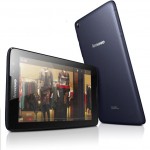 Lenovo today announced a line-up of new A-series Android tablets, offering configurations and screen sizes to match consumer needs for both ultra-portable tablets and multimedia performers. The portfolio, which also boasts quad-core computing power for a responsive, smooth tablet experience, will be available starting in the second quarter 2014.
Lenovo today announced a line-up of new A-series Android tablets, offering configurations and screen sizes to match consumer needs for both ultra-portable tablets and multimedia performers. The portfolio, which also boasts quad-core computing power for a responsive, smooth tablet experience, will be available starting in the second quarter 2014.
The new range starts with the A7-30 seven-inch devices, designed for optimal music or multimedia enjoyment through exceptional Dolby®-enhanced dual-front speakers while still packing a performance punch. The A7-50 is the affordable on-the-go reading companion with a 7-inch, wide-view HD display for sharper text and web pages, while the larger screen A8 is the mobile “home entertainment” center that comes in a variety of bold colors to suit different personalities and lifestyles. Rounding up the new A-series is the A10, which is equipped with a superb 10.1″ wide HD display and Dolby® enhanced dual front speakers for an amazing movie watching experience on the move.
- A7-30, Pocket Studio with Dolby®: The Lenovo TAB A7-30 delivers an audio experience normally reserved for more expensive tablets in a seven-inch device. Armed with exceptional Dolby®-enhanced dual-front speakers, it is an ultra-portable tablet that music lovers will want to take everywhere. The brilliant 7-inch display and powerful quad-core processor make it a versatile performer for everything you do on the go, while SIM card support means it can be used to stay connected constantly with friends and family.
- A7-50, Crystal Clear Multimedia Reader: The Lenovo TAB A7-50 is the ultra-portable on-the-go reading companion for those on a budget. The 7-inch, wide-view HD display reveals sharper text and web pages. Powered by a quad-core processor and equipped with a 2MP front-facing camera and rear camera, it’s the perfect companion to read, surf, and stay connected with friends with optional 3G connectivity. It is also available as the A7-40, which comes in a stylish Ebony color, 8Gb capacity and front-facing camera only.
- A8, “Home Entertainment” On the Move: The Lenovo TAB A8 comes in a range of bold color options to suit different personalities and styles, while providing total entertainment on the go. The sharp, colorful 8″ HD display plus Dolby® audio and responsive quad-core power make it the perfect choice for playing games, watching videos, listening to music, socializing with friends and more.
- A10, Mobile Home Theater System: The Lenovo Tab A10 provides an amazing video watching experience, without staying at home. Watch full-length high quality movies on the go with a superb 10.1″ wide HD display and Dolby® enhanced dual front speakers. The responsive quad-core processor ensures smooth video playback all day long. This is the tablet for movie lovers.
“Lenovo’s latest A-series tablet family is designed to meet the demands of today’s young, active users who are always on the go, and have lifestyle requirements that are as diverse as their own personalities. With these latest additions to our tablet portfolio, we’ve introduced devices that speaks directly to each consumer’s habits, whether it’s enjoying music, reading e-books or watching videos on the go,” said Shao Tao, vice president Lenovo and head of Mobile BU, “Our Android family of tablets will appeal to users around the world as we’ve built our products to be highly flexible to serve multiple needs and budgets.”
The new A-series Android tablets will be available worldwide from Q2, 2014. The A7-50 tablet is priced from £99.99. Prices for the A8-50 start from £139.99 and the A10-70 tablet will be available from £169.99.
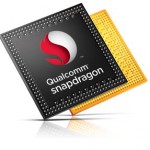 Very soon the first Snapdragon 805 equipped device will be available, but it won’t be for the average consumer. Qualcomm will soon release their next developer tablet so that the engineers of the world will have their first crack at the silicon.
Very soon the first Snapdragon 805 equipped device will be available, but it won’t be for the average consumer. Qualcomm will soon release their next developer tablet so that the engineers of the world will have their first crack at the silicon. 

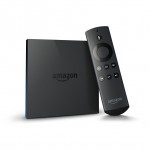
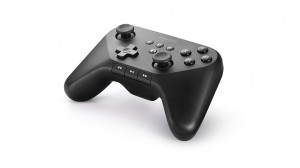
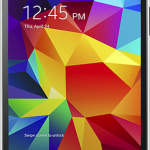
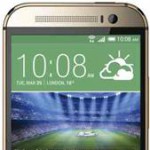
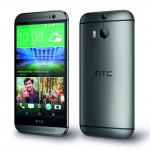
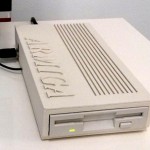
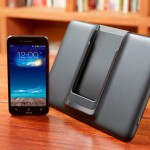
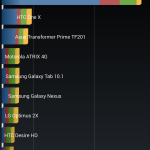
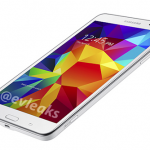
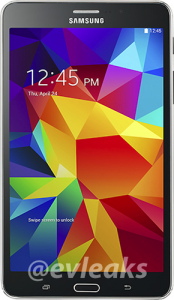
Connect
Connect with us on the following social media platforms.